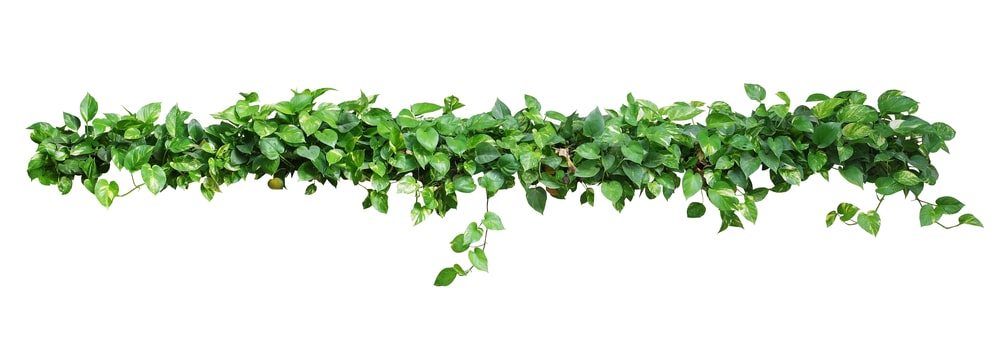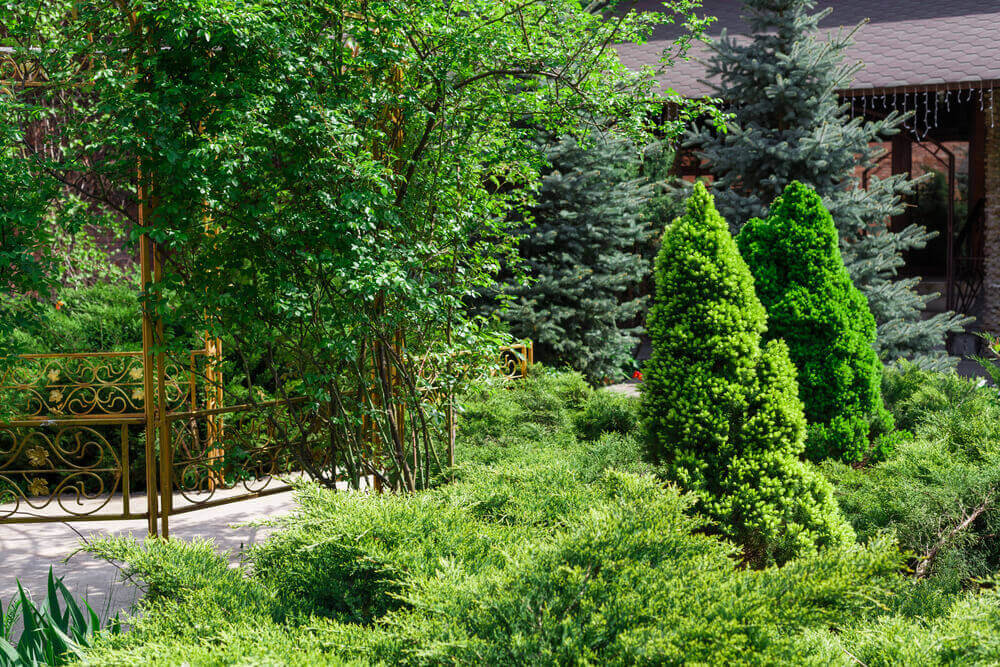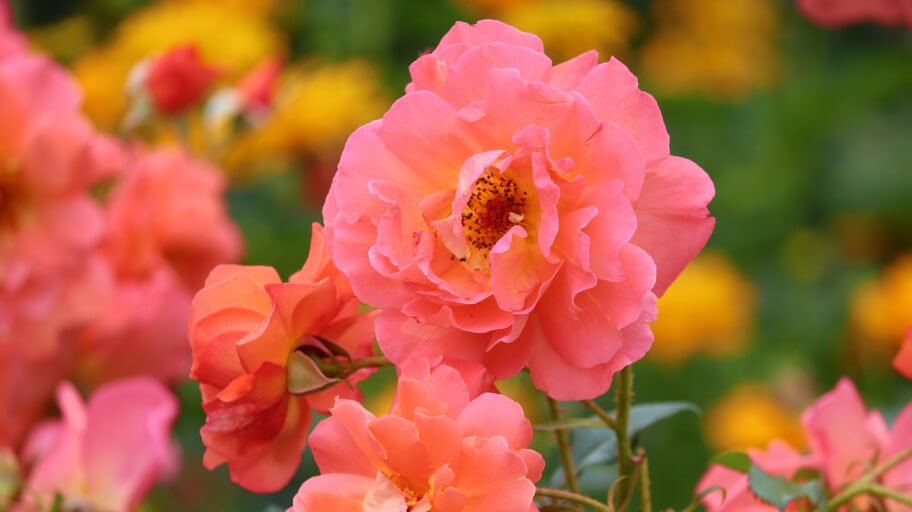
We know that you have amazing gardening skills. After all, by now you’ve been reading up on our blog and you’ve learned all kinds of interesting stuff.
However, after growing your garden and making it look absolutely amazing, it’s time for you to know how to protect your soil from the weather.
As a good gardener, you might be familiar with the term cover crops. Don’t worry fellow gardener, because the Fantastic Gardeners Team have what you need to know!
Best groundcover plants:
What are ground covers?
Ground-covering plants are the type of plants that protect your garden’s soil from drought and erosion. Their roots bind soil particles into aggregates. They cover soil, reducing raindrop impact and wind velocity at the surface. Ground cover plants also improve water retention in the surface layer of soil. These types of plants grow below the shrub area, very close to the ground. Even though it’s perfect for soil protection, it can also protect your garden as it inhibits weed growth. Some species like clover can also enrich your soil with nitrogen, drastically reducing the need for fertilizing. If you aren’t a big fan of soil being visible in your garden, you can also use groundcover plants for aesthetics to hide it.
Which are the best groundcover plants?
If you want to use groundcovers for your little backyard heaven, then you have about 5 groups of plants that would be suitable. Vines and low-growing shrubs are perfect. Moss(although it requires specific conditions), non-woody plants and ornamental grasses will also be suitable as backyard ground cover.
Some plants are great for winter, others are amazing for summer. Which one you choose depends on the time of year, though arguably we are blessed with somewhat mild weather in Melbourne so some can work year-round.
Vines

They are wooden plants that have spreading stems. If you want, you can provide support for them. Otherwise, you can let them grow on the ground and leave them to cover the soil completely.
Our recommendation:
If you want to use vines as a cover crop we’d suggest you stick with velvet beans. To have it grow perfectly and healthy it’s best to plant in late spring and early summer. It’s perfect for suppressing unwanted weeds. As an added bonus it also produces an edible crop.
It takes about 120 days for the plant to mature completely. Because of the large nature of the plant, it’s perfect for building up organic matter and making the soil richer in nutrients.
Moss

If you don’t want to take a lot of care of your groundcover and just want something beautiful that will basically look after itself then moss might be the perfect choice for you. It’s evergreen, no mowing or watering required. Moss is also wonderful and let’s be honest – walking on it is probably the most satisfying thing ever.
Our recommendation:
No matter where you live you can trick moss into growing. It has no roots and if you give it a bit moisture and shade it will grow. The most fascinating thing about moss is that it doesn’t need many nutrients to grow. This is what makes it fairly easy to look after.
Annual Ryegrass

It’s very common to see grass as a cover crop. The reason is that it doesn’t require much maintenance. Only watering and mowing. It’s good for keeping weeds in control, however, ryegrass doesn’t increase the nitrogen in the soil and you should pair it with a cover crop from the legume family, like the aforementioned clover.
Our recommendation:
Ryegrass is best planted in the fall. If you want to plant it earlier it’s best to do so in soil that’s about 15 degrees Celsius. This is the temperature that is considered perfect for growing ryegrass.
Shrubs

Shrubs are the type of plants that you’d want to grow only if you have hard-to-reach places in your garden. For these types of places, the fragrant sumac might be a perfect choice. It thrives in hot and sunny places. While it looks beautiful the whole Summer season it becomes even more attractive in the fall with its beautiful colours. Its dried and ground fruits are a popular spice in the Middle East.
Our recommendation:
It’s best to be grown in the Summer or late Spring. Make sure you have partial or direct sunlight in order for the shrub to grow. The fragrant sumac loves dry to medium wet soils and it thrives in them. When grown the right way it will spread for up to 2 ½ metres which makes it perfect for ground cover.
Do you need a helping hand?
Hire a professional gardening team!








